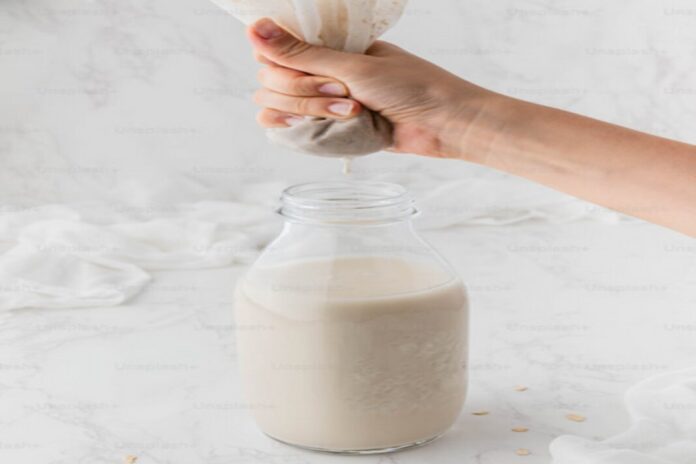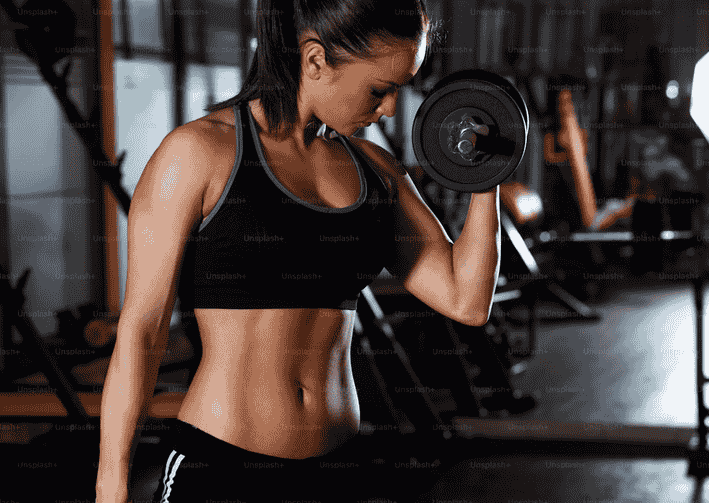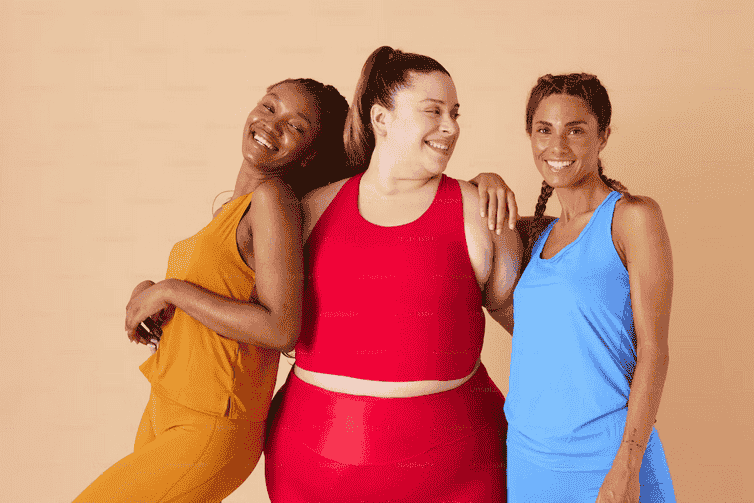10 Essential Self-Care Tips for a Healthier and Happier You
In our fast-paced world, it’s easy to forget the importance of self-care. Between managing work, family, and social obligations, taking care of ourselves often falls to the bottom of the priority list. However, neglecting self-care can lead to burnout, stress, and even serious health issues. By making time for ourselves and focusing on our well-being, we can lead healthier, more fulfilling lives. In this article, we’ll explore 10 essential self-care tips that can help you restore balance, improve mental and physical health, and ultimately boost happiness.
Table of Contents
| Main Heading | Subheading |
|---|---|
| 1. Prioritize Your Mental Health | Understanding the importance of mental wellness |
| Strategies to maintain mental health | |
| 2. Establish Healthy Boundaries | Learning to say no |
| The benefits of setting boundaries | |
| 3. Practice Mindfulness and Meditation | What is mindfulness? |
| How to meditate for beginners | |
| 4. Nurture Your Body with Nutrition | Choosing nutrient-rich foods |
| The mind-body connection through diet | |
| 5. Get Moving with Regular Exercise | Benefits of physical activity |
| Finding the right exercise routine | |
| 6. Prioritize Sleep for Recovery | The importance of quality sleep |
| Tips for better sleep hygiene | |
| 7. Make Time for Hobbies and Creativity | Exploring the therapeutic effects of hobbies |
| 10 Essential Self-Care Tips to Boost Your Health and Happine | Why creativity is essential for self-expression |
| 8. Disconnect to Reconnect | Limiting screen time to boost well-being |
| 10 Essential Self-Care Tips to Boost Your Health and Happine | The importance of tech-free moments |
| 9. Surround Yourself with Positive Relationships | Building a supportive social circle |
| 10 Essential Self-Care Tips to Boost Your Health and Happine | How to nurture relationships for mutual growth |
| 10. Seek Professional Help When Needed | Understanding the value of therapy and counseling |
| How to find the right professional support |
1. Prioritize Your Mental Health
In today’s busy world, maintaining mental health is just as important as caring for your physical body. Your mental well-being influences how you think, feel, and behave in everyday life. It also plays a significant role in how you handle stress, relate to others, and make choices.
Understanding the Importance of Mental Wellness
Mental health is more than the absence of mental illness. It’s a state of overall well-being that affects our emotions, thoughts, and behavior. Stress, anxiety, and depression are common mental health challenges, but with proper care, we can navigate them effectively. Prioritizing mental health leads to increased resilience, improved relationships, and overall life satisfaction.
Strategies to Maintain Mental Health
Maintaining mental health doesn’t always require drastic changes. Small, consistent actions can make a significant difference. Some effective strategies include:
- Journaling: Writing down thoughts can help clarify emotions and reduce stress.
- Therapeutic Breathing Techniques: Simple breathing exercises can reduce anxiety and help you stay grounded.
- Gratitude Practices: Maintaining a gratitude journal helps shift focus from negative thoughts to positive ones.
- Limiting Exposure to Stressors: This could mean reducing time spent on negative social media or avoiding toxic relationships.
2. Establish Healthy Boundaries
We often stretch ourselves thin trying to accommodate everyone else’s needs. While generosity and compassion are virtues, neglecting your own needs to please others can lead to exhaustion and resentment. Learning to set boundaries is key to maintaining mental health and ensuring your energy levels are preserved.
Learning to Say No
Saying “no” is not selfish. It’s an essential skill that allows you to focus on what’s most important to you without feeling overwhelmed. When you say no to things that don’t align with your priorities, you are saying yes to yourself and your well-being.
The Benefits of Setting Boundaries
Establishing clear boundaries helps maintain a sense of control over your life. It can improve your self-esteem, reduce stress, and protect your mental and physical health. Boundaries can be set in different areas of life, including:
- Personal Boundaries: Protecting your emotional energy.
- Work Boundaries: Preventing burnout by separating work and personal time.
- Relationship Boundaries: Ensuring mutual respect and understanding.
3. Practice Mindfulness and Meditation
Mindfulness and meditation are powerful tools for mental clarity, emotional balance, and stress reduction. They encourage you to focus on the present moment rather than dwelling on past problems or future anxieties.
What is Mindfulness?
Mindfulness is the practice of being fully present in the moment without judgment. By paying attention to your thoughts, feelings, and physical sensations in a mindful way, you can develop a greater awareness of your mental patterns and emotional responses.
How to Meditate for Beginners
Meditation may sound intimidating, but it doesn’t require complex techniques. Beginners can start with:
- Focused Breathing: Concentrate on your breath as it moves in and out.
- Body Scan: Pay attention to each part of your body, noting any tension.
- Guided Meditation: Use apps or videos that guide you through meditation practices.
Regular practice of mindfulness and meditation can lead to reduced stress, increased focus, and better emotional regulation.
4. Nurture Your Body with Nutrition
A balanced diet plays a significant role in your overall well-being. Eating nutrient-rich foods supports not only physical health but also mental health by influencing mood, energy levels, and brain function.
Choosing Nutrient-Rich Foods
To fuel your body properly, focus on whole, unprocessed foods such as fruits, vegetables, lean proteins, and whole grains. Avoiding excessive sugars and processed foods helps maintain stable energy levels and improves mood.
The Mind-Body Connection Through Diet
There is a strong link between what you eat and how you feel. Foods rich in omega-3 fatty acids (like salmon and flaxseeds), antioxidants (found in berries), and magnesium (found in leafy greens) support brain health and help reduce symptoms of depression and anxiety. Conversely, diets high in sugar and trans fats are associated with increased levels of stress and mood swings.
5. Get Moving with Regular Exercise
Exercise is an excellent way to take care of both your mind and body. Regular physical activity has been proven to reduce stress, improve mood, boost energy, and enhance overall physical health.
Benefits of Physical Activity
Exercise releases endorphins, which are chemicals in the brain that act as natural painkillers and mood elevators. In addition to mental health benefits, regular exercise:
- Improves cardiovascular health.
- Boosts immune function.
- Helps with weight management.
- Enhances sleep quality.
Finding the Right Exercise Routine
The best exercise routine is one that you enjoy and can stick to. Whether it’s walking, swimming, dancing, yoga, or weightlifting, aim for at least 30 minutes of moderate exercise most days of the week. Try mixing up your activities to keep things interesting and ensure that you are working different muscle groups.
6. Prioritize Sleep for Recovery
Getting enough quality sleep is critical for maintaining good health and well-being. Sleep is the time when your body recovers and repairs itself, both mentally and physically.
The Importance of Quality Sleep
Lack of sleep affects not just your energy levels, but also your mood, memory, and cognitive function. Chronic sleep deprivation can lead to serious health issues such as high blood pressure, diabetes, and heart disease.
Tips for Better Sleep Hygiene
Improving your sleep hygiene can enhance both the quality and quantity of your sleep:
- Stick to a Sleep Schedule: Go to bed and wake up at the same time each day, even on weekends.
- Create a Restful Environment: Make sure your bedroom is cool, quiet, and free from distractions.
- Limit Screen Time Before Bed: The blue light emitted by phones and computers can interfere with melatonin production, making it harder to fall asleep.
- Avoid Caffeine Late in the Day: Caffeine can disrupt sleep patterns, so try to cut back in the afternoon and evening.
7. Make Time for Hobbies and Creativity
Pursuing hobbies and creative activities is an important form of self-expression and a great way to relax. Hobbies allow you to engage in something fun, which can help reduce stress, improve mood, and bring a sense of accomplishment.
Exploring the Therapeutic Effects of Hobbies
Engaging in hobbies, whether it’s painting, playing an instrument, gardening, or reading, provides an outlet for emotions and helps shift focus away from everyday worries. Studies show that creative expression can enhance problem-solving abilities and improve emotional well-being.
Why Creativity is Essential for Self-Expression
Creativity isn’t just about making art—it’s about seeing the world in new ways and expressing your unique perspectives. Taking time to explore your creative side can boost self-esteem and foster a sense of identity.
8. Disconnect to Reconnect
In a world dominated by technology, it’s essential to find moments to disconnect from screens and reconnect with yourself and others.
Limiting Screen Time to Boost Well-Being
Excessive screen time, especially on social media, can lead to increased anxiety, depression, and feelings of inadequacy. Setting boundaries for screen use is crucial for mental health. Try setting aside tech-free time each day to focus on activities like reading, journaling, or spending time outdoors.
The Importance of Tech-Free Moments
Unplugging from technology gives your mind time to rest and rejuvenate. It allows you to be more present, both with yourself and in your interactions with others. Reconnecting with the
physical world can lead to greater mindfulness and a stronger sense of inner peace.
9. Surround Yourself with Positive Relationships
Our relationships play a vital role in our mental and emotional well-being. Positive, supportive relationships can reduce stress, provide comfort, and enhance happiness.
Building a Supportive Social Circle
Surrounding yourself with people who uplift and encourage you is one of the most important forms of self-care. Seek out friendships and relationships that are based on mutual respect, support, and trust.
How to Nurture Relationships for Mutual Growth
Healthy relationships require effort and care. Make time for the people who matter most to you, engage in meaningful conversations, and actively listen to their needs. Offering support and being there for others can also help boost your own sense of purpose and fulfillment.
10. Seek Professional Help When Needed
Self-care isn’t about handling everything on your own. There are times when professional help is essential to guide you through life’s challenges. Recognizing when you need support is a key part of self-care.
Understanding the Value of Therapy and Counseling
Talking to a therapist or counselor can provide you with the tools to cope with difficult emotions, manage stress, and work through personal challenges. Therapy is not just for times of crisis—it can also be a valuable resource for personal growth and self-improvement.
How to Find the Right Professional Support
Finding a therapist who is a good fit for you is essential for effective treatment. Look for professionals who specialize in the areas you want to work on, whether it’s anxiety, depression, relationship issues, or personal growth. Many therapists now offer virtual sessions, making it easier than ever to access the help you need.
Frequently Asked Questions (FAQs)
1. What are some quick self-care practices I can incorporate into a busy schedule?
Quick self-care practices include deep breathing exercises, taking short walks, drinking plenty of water, practicing gratitude, and spending a few minutes meditating.
2. How can I maintain self-care habits long-term?
Consistency is key. Set realistic goals, schedule self-care time in your calendar, and be flexible with your routine. Start with small habits and gradually build them into your daily life.
3. What if self-care feels selfish?
Self-care is not selfish—it’s essential. When you take care of yourself, you are better equipped to care for others. By replenishing your energy, you become more present and effective in your relationships.
4. How can I reduce screen time when my job requires me to be online?
Set clear boundaries for work-related screen time, and take regular breaks. Consider using apps that limit distractions or set timers to remind you when it’s time to step away from your devices.
5. Can mindfulness and meditation really help with anxiety?
Yes, studies have shown that mindfulness and meditation can reduce symptoms of anxiety by helping individuals stay grounded in the present moment and manage overwhelming thoughts.
6. Is professional help necessary for self-care?
While not always necessary, professional help can provide valuable support and guidance, especially if you’re struggling with mental health issues or major life changes. Therapy can complement other self-care practices.
Incorporating these self-care tips into your daily routine can significantly improve your mental, physical, and emotional health. Remember, self-care is not a one-time activity—it’s an ongoing commitment to prioritizing your well-being. Take small, intentional steps, and over time, you’ll notice a positive transformation in your overall happiness and life satisfaction.



